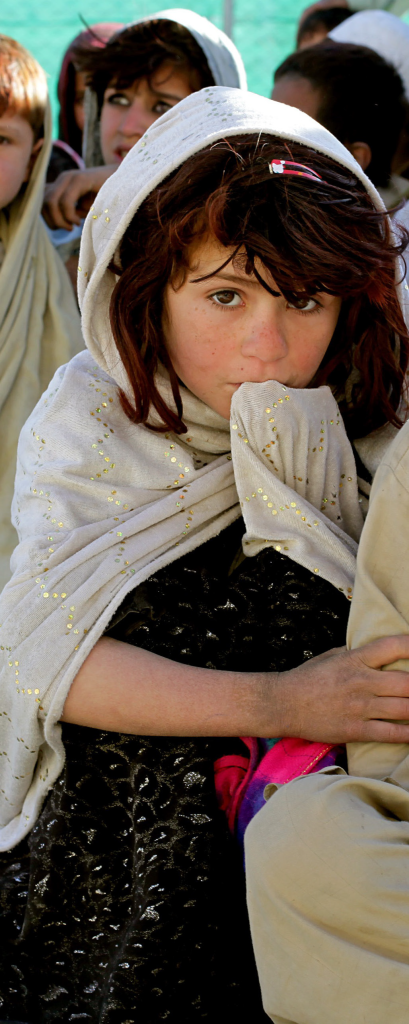Exclusion of Afghans from the formal financial system remains a major challenge for the Da Afghanistan Bank (Central Bank of Afghanistan). World Bank’s Global Findex Database indicates that only 15% of the population in Afghanistan had an account with the banks in 2017. Although the number of banks and their branches has considerably increased in the aftermath of banking liberalization in 2003, people’s exclusion from the mainstream banking system remained huge. A major reason cited for not using banking services is it not being Shari’a-compliant.
To increase financial inclusion and include more faith-based customers into the formal financial system, introduction and promotion of a Shari’a-compliant banking system was considered necessary by the Da Afghanistan Bank (DAB). An Islamic financial system comprises of Islamic banking, Islamic capital & money markets and Takaful (Islamic insurance). However, in the case of Afghanistan, the DAB only focused on Islamic banking and did not pay sufficient attention to the other components of the Islamic financial system.
To promote financial inclusion and attract more faith-based customers, the Da Afghanistan Bank has granted a licence to the first Islamic banking window (IBW) in 2008. And since then a total number of six Islamic banking windows are granted licenses and currently operating. However, the window system could not contribute much to the financial inclusion and IBW’s total assets remained AFN16.49 billion (USD215.55) million in 2017 that is around 5.2% of total banking assets.
Later on, when the Da Afghanistan Bank realized that the window system does not effectively contribute to financial inclusion, the DAB decided to boost financial inclusion through introducing full-fledged Islamic banks and licenced first full-fledged Islamic bank in 2018. DAB aimed that with licensing full-fledged Islamic bank more faith-based customers will be included in the banking system and its full fledge Islamic branches will reach to entire Afghanistan.
This decision of the central bank has positively contributed to the asset growth of the Islamic banking industry and as per the data IFSB compiled, total assets of the Islamic banking industry has increased to AFN32.03 billion (USD418 million) as of the third quarter of 2019, almost doubled the amount of total Islamic banking asset versus USD215.55 million at the end of 2017. Meanwhile, the share of Islamic banking in the total banking system of Afghanistan has increased to 10.74% at the end of 2019 in comparison to 5.2% at the end of 2017.

However, despite all the growth Islamic banking assets has seen, the Islamic banking industry is still not profitable and remained excessively liquid. The unprofitability is mainly due to excess liquidity and limited avenues of investments and financing available for the Islamic banking industry. Hence, this limited choices of investment and financings negatively impacted the profitability of the Islamic banking industry. And ultimately it will threaten the financial inclusion agenda via the Islamic banking industry.
As mentioned earlier, the Islamic financial system is a comprised of; Islamic banking, Islamic capital & money markets and Takaful (Islamic insurance). But in the case of Afghanistan, Islamic banking is the only component of the Islamic financial system currently operating. This stand-alone position has made Islamic banks more vulnerable in terms of asset and liquidity management and limits the investment and financing avenues for the IB industry.
Therefore, to achieve financial inclusion agenda via Islamic finance, the central bank of Afghanistan should establish a comprehensive Islamic finance infrastructure inclusive of all components of the Islamic financial system. For instance, the central bank should establish and support Islamic inter-bank money market, introduce Shari’a-compliant monetary policy tools at the Central Bank level i.e. receive and provide liquidity from and to Islamic banks based on Shari’a-compliant methodologies. In addition, Da Afghanistan Bank in collaboration with the ministry of finance and other relevant financial authorities should develop legal and technical infrastructure for Sukuk and Takaful (Islamic insurance) industry.
Hence, developing a comprehensive ecosystem for a complete Islamic financial system will certainly contribute to the financial inclusion in Afghanistan. Otherwise, the stand-alone Islamic banking industry will face difficulties in its assets and liquidity management and will not effectively contribute to financial inclusion. Standing alone position will keep the IB industry unprofitable and may not provide compatible profit to its faith-based customers in comparison to its conventional counterparts. Which may ultimately lead the IB industry into failure in the long term.



